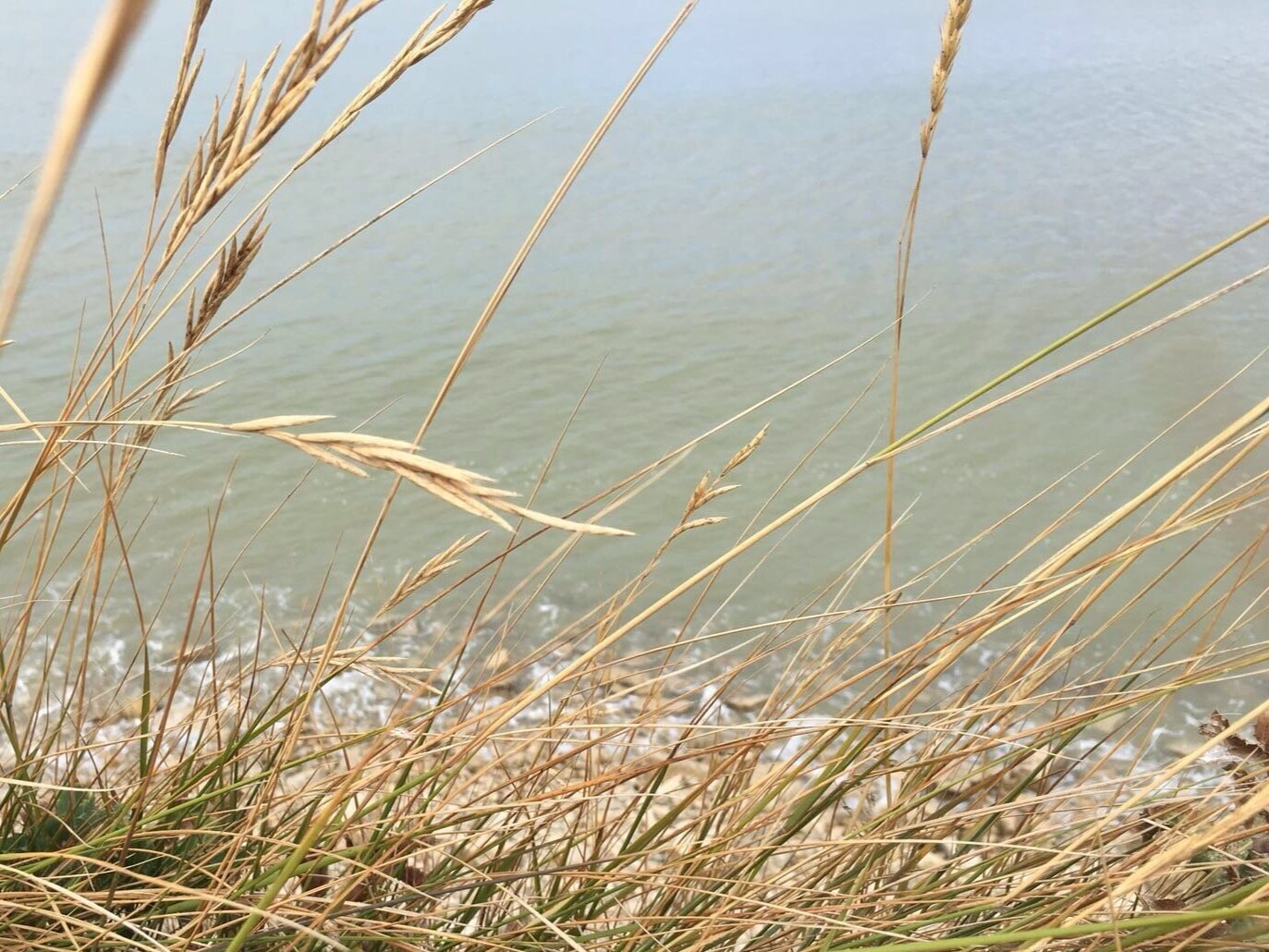
“To find health should be the object of the physician. Anyone can find disease.” Dr A. T. Still
Frequently Asked Questions
What does the biodynamic in biodynamic craniosacral therapy stand for?
Craniosacral therapy grew out of osteopathy. The seed was planted by William Garner Sutherland’s insight that the articulations between cranial bones are mobile in health, and ‘breathe’ in a certain rhythm. This rhythm or lack thereof can be palpated by a skilful therapist. Craniosacral therapists encourage this rhythm back into motion through very gentle and subtle manipulations, thus restoring health. As the work progressed, an even more subtle - biodynamic - approach was developed which allows a return to healthy motion to be led by the client’s systemic readiness for a particular process. Deeply held patterns can thus be released when the client’s system is ready - there is no physical manipulation. The biodynamic craniosacral therapist’s role is to encourage access to a place of health through their palpatory skills, presence and stillness. The biodynamic practitioner creates and holds a safe space for healing to manifest.
What happens during a session?
During a session the client lies fully clothed on the couch and the therapist will lightly place their hands on the client’s shoulders, head, feet, spine, sacrum or whichever part needs some attention. One may feel a sense of deepening relaxation, or one may become aware of some particular sensations at places of held patterns. Clients normally walk out of a session with a strong sense of wellbeing. The effects of a session may also manifest a few hours after the session - this is quite common and reflects the profound nature of this therapy.
What really happens during a session?
Once the field is settled and a treatment priority expresses itself to the therapist, they will work with that area of inertia or activation or held trauma. As the therapist continues to hold the field, the client’s system may decide that it is possible to resolve an issue. Usually that happens when the client’s system relaxes deeply into a space of dynamic stillness where the potential for restoring one’s original blueprint for health is ever present. This powerful force is then invited to permeate and suffuse the inertial place in one’s body. There may be some readjustments within the whole body or some more localised releases of tension, and then a return to a more free expression of health.
What benefits can I expect from biodynamic craniosacral therapy?
While craniosacral therapy is not intended to be your primary healthcare, the health benefits are manyfold: clients often report feeling calm, recharged and peaceful after a session; many people feel deeply listened to; others have localised discharges of held patterns. Each person’s unique expression of health is given space to manifest itself more fully.
Do you treat babies and toddlers?
At the moment I do not treat babies or toddlers.
How long does a session last?
Approximately one hour, with about 45 minutes of hands-on time. The first session might include more talking time in order to take the client’s case history and relevant information.
Are you insured?
As a member of the Craniosacral Therapy Association (the UK’s accrediting body for craniosacral therapists) I am fully insured, and abide by their code of ethics. I am also committed to continuous professional development.
Where can I find out more about craniosacral therapy?
The Craniosacral Therapy Association’s (CSTA) website has a lot of general information on many aspects of craniosacral therapy. For more specific information on biodynamic craniosacral therapy the Body Intelligence website has some relevant material.
If you have any other questions or would like to know more about biodynamic craniosacral therapy you can call me on 07942 333237 or email me on ralfehlers@icloud.com.
